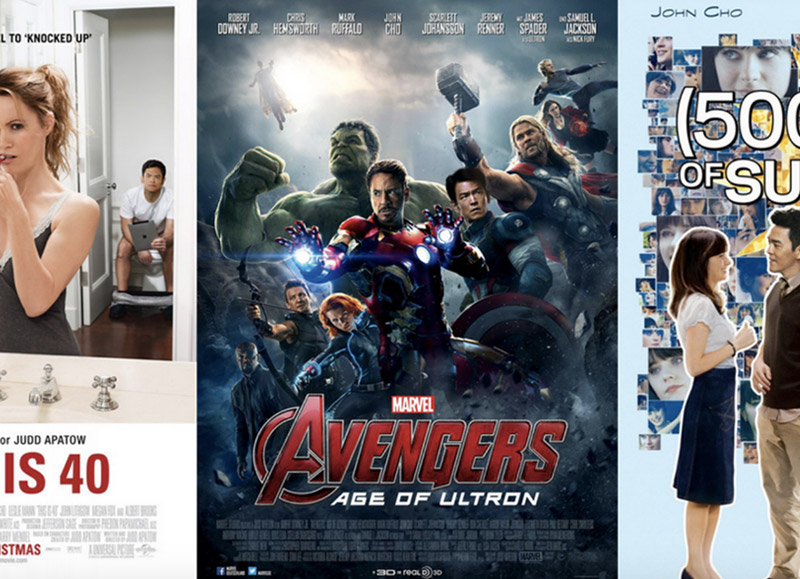How some are finding creative ways to encourage Asian representation in media

With 2018 being a banner year for Asian representation in media, 2019 is gearing up to be a blockbuster sequel. Promoting inclusion and representation in mainstream media is a job that is never really finished. For decades Asian-American actors and actresses have worked hard to gain the opportunities in front of the camera that is now giving rise to the more realistic portrayals of Asian-Americans in television and films. However, equal representation is still a far ways off. In the past few years, we’ve seen amazing, creative examples of ways to draw attention to and encourage dialog around representation.
It’s important to note why Asian representation in television and film is worth discussing, which helps to explain the passion behind some of these projects that highlight the issue. First, we know from recent studies at the University of Indiana how media representation of characters can affect children’s self-esteem. Seeing someone who looks like you, that shares your culture in a television show or movie can have a large impact on impressionable children who are constantly scanning their environment for clues to how the world works and their role in it. When on average Asians make-up one percent of lead roles and around five percent of speaking roles, we have to ask how this impacts Asian-American kids growing up consuming this media. What message are we sending?
Read full article ... |